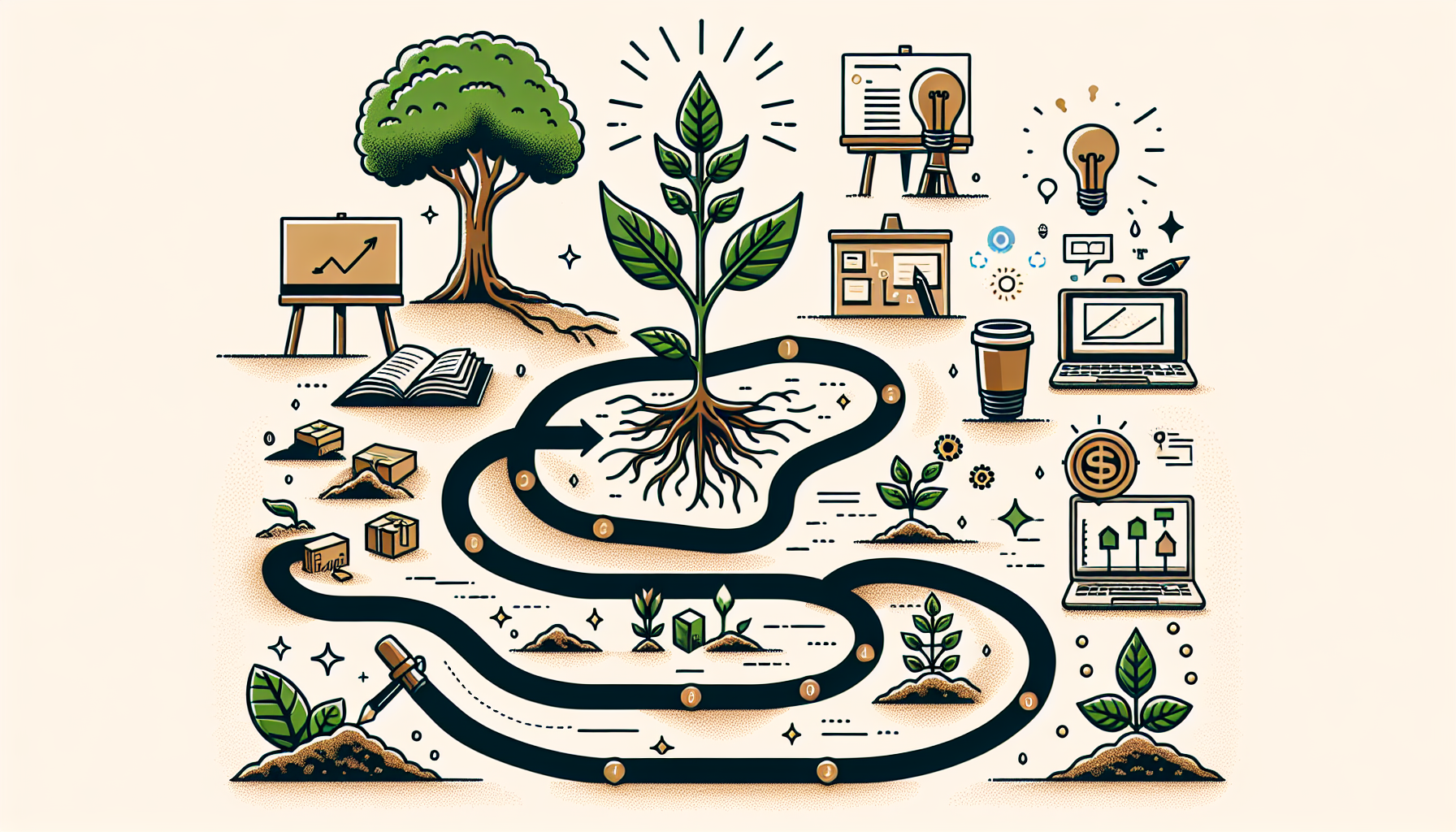Understanding Sustainable Living in Real Estate
Sustainable living involves adopting a lifestyle that reduces an individual’s or society’s use of the Earth’s natural resources. In real estate, this translates into eco-friendly development, focusing on sustainability in design, construction, and operation. As climate change and environmental degradation become increasingly pressing issues, eco-friendly real estate development emerges as a crucial solution.
Key Principles of Eco-Friendly Real Estate Development
-
Resource Efficiency: Efficient use of resources is paramount. Eco-friendly developments prioritize the use of sustainably sourced materials while minimizing waste during construction. For instance, reclaimed wood and recycled steel are commonly used to reduce environmental impact.
-
Energy Efficiency: Buildings are significant energy consumers. The incorporation of energy-efficient systems, including solar panels, thermal insulation, and LED lighting, can reduce energy use substantially. Advanced technologies, such as smart thermostats and energy management systems, enhance energy efficiency even further.
-
Water Conservation: Sustainable developments incorporate methods for water conservation, such as rainwater harvesting systems, greywater recycling, and water-efficient fixtures. These practices minimize water usage and reduce the strain on local water resources.
-
Sustainable Location: The location of a development impacts its sustainability. Urban environments offer public transit, reducing reliance on cars, while proximity to community amenities promotes walking and cycling. This strategic planning minimizes the carbon footprint of residents.
-
Biodiversity and Green Spaces: Incorporating biodiversity within developments not only enhances aesthetics but also supports local ecosystems. Developers increasingly integrate green roofs, living walls, and landscaped communal areas to promote biodiversity, improve air quality, and provide recreational spaces for residents.
Market Shift Towards Sustainable Development
The growing awareness of environmental issues has prompted a shift in consumer preferences towards sustainable housing options. As more individuals recognize the benefits of eco-friendly living, demand for green buildings has surged. According to the U.S. Green Building Council, the green building market is expected to double in the coming years.
Real estate developers are responding to this demand by adopting sustainable practices. Incentives such as tax breaks, increased property values, and energy savings further encourage the shift toward eco-friendly construction. Furthermore, investors are increasingly prioritizing sustainability, understanding its long-term profitability.
Government Regulations and Standards
Governments play a pivotal role in promoting sustainable real estate development through regulations and incentives. Many regions have adopted green building codes and standards that encourage energy efficiency and sustainable practices. Certifications such as LEED (Leadership in Energy and Environmental Design) and BREEAM (Building Research Establishment Environmental Assessment Method) guide developers in their sustainable initiatives.
Government subsidies are also available to encourage the adoption of eco-friendly practices in real estate. These incentives help reduce the financial burden of incorporating sustainable technologies and materials, making eco-friendly development more accessible.
Innovative Techniques in Eco-Friendly Development
Emerging technologies are reshaping the future of sustainable real estate development.
-
Modular Construction: This approach involves prefabricating sections of a building off-site and transporting them for assembly. Modular construction minimizes waste and construction time while ensuring quality control.
-
Passive Solar Design: This design strategy maximizes natural light and reduces reliance on artificial heating and cooling. Techniques include strategic window placement and the use of thermal massing to regulate indoor temperatures.
-
Smart Home Technologies: Integrating devices that allow residents to monitor and manage energy use in real-time significantly enhances a home’s efficiency. Smart meters, automated lighting, and programmed thermostats contribute to reducing a household’s overall carbon footprint.
Community Engagement in Sustainable Practices
Community involvement is essential for the success of sustainable living initiatives. Developers increasingly collaborate with local communities to express their needs and preferences, promoting a sense of ownership within eco-friendly neighborhoods.
Community gardens, cooperative housing, and shared spaces foster a sustainable lifestyle that extends beyond individual homes. Engaging with local stakeholders enhances the success of eco-friendly developments and ensures alignment with community values.
The Role of Technology in Sustainable Real Estate
Technology remains at the forefront of sustainable real estate development. Advanced building information modeling (BIM) allows for the visualization and optimization of building performance before construction begins. This minimizes waste and facilitates efficient resource management.
Blockchain technology is another emerging solution, providing transparency in real estate transactions. It can enhance trust in sustainability claims made by developers and prevent greenwashing.
The Economic Impact of Sustainable Real Estate
Investing in sustainable real estate has proven to be economically favorable. Properties built with eco-friendly practices often have lower operating costs, higher occupancy rates, and increased property values. Sustainable design also appeals to a broader audience, enhancing marketability and long-term financial performance.
A McGraw-Hill Construction study found that green homes can command a 9-20% premium over traditional homes. This premium reflects the increasing societal value placed on sustainable living.
Challenges in Eco-Friendly Real Estate Development
Despite its benefits, challenges remain in the promotion of sustainable real estate development. The initial costs associated with green building practices can deter some developers. While the long-term financial savings are significant, the upfront investment can be a barrier for smaller enterprises.
Additionally, market education is crucial. Many consumers remain unaware of the benefits of sustainable living, which can hamper demand. Developers must invest in education and marketing to inform prospective buyers about the advantages and savings associated with eco-friendly homes.
Future Trends in Sustainable Real Estate Development
As technology advances, sustainable real estate development is likely to evolve further. Some anticipated trends include:
-
Net-Zero Buildings: Designs that generate as much energy as they consume are becoming increasingly common. This concept helps reduce reliance on non-renewable energy sources.
-
Carbon-Neutral Materials: The introduction of biomaterials, which are derived from natural fibers and can sequester carbon, will further reduce the environmental impact of construction.
-
Smart Cities: The concept of smart cities encompasses integrated urban planning that prioritizes sustainability. Technology in transportation, energy use, and waste management will create urban environments that are efficient and environmentally friendly.
Conclusion
The rise of eco-friendly real estate is more than just a trend; it represents a critical shift towards a more sustainable future. The integration of sustainable practices, innovative technologies, and active community engagement will ensure that environmentally responsible residential development gains traction in the years to come. Sustainable living through eco-friendly developments not only addresses pressing environmental issues but also enhances the quality of life for communities and future generations, shaping a greener world.






